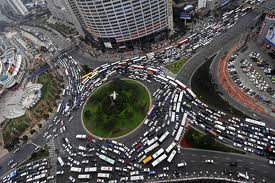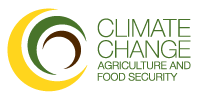[youtube]AuMJ0teoBAo[/youtube]
Bad news on carbon emissions balanced by good news on solar photovoltaics, a Medicane bringing dramatic flash flooding to Italy and France, a scientist who thinks the Arctic could be effectively ice free in late summer in only four years, and the inside story on what the New Zealand election might mean for climate policy down under. John Cook joins us to talk about the new BEST temperature record (great gifs, Dana!), and in the solutions section Gareth and Glenn talk about solar powered airships, China’s plans to ban incandescent light bulbs, and a continent spanning €400bn solar thermal power plan for North Africa, Europe and the Middle East. All this and more as The Climate Show comes of age with its 21st show…
Watch The Climate Show on our Youtube channel, subscribe to the podcast via iTunes, listen to us via Stitcher on your smartphone or listen direct/download from the link below the fold…
Follow The Climate Show at The Climate Show web site, and on Facebook and Twitter.
Continue reading “The Climate Show #21: carbon, coal and Cook on BEST”

 My reading this morning didn’t incline me to optimism. I don’t actually need reminding, but in case I did two items underlined that we remain very much on course for a 3 to 4 degree global temperature rise by the end of the century. A
My reading this morning didn’t incline me to optimism. I don’t actually need reminding, but in case I did two items underlined that we remain very much on course for a 3 to 4 degree global temperature rise by the end of the century. A  Environmentalist
Environmentalist  Another report this week drives home the message that the world’s poorer people are going to suffer the early and potentially devastating effects of climate change. The report is the work of the
Another report this week drives home the message that the world’s poorer people are going to suffer the early and potentially devastating effects of climate change. The report is the work of the